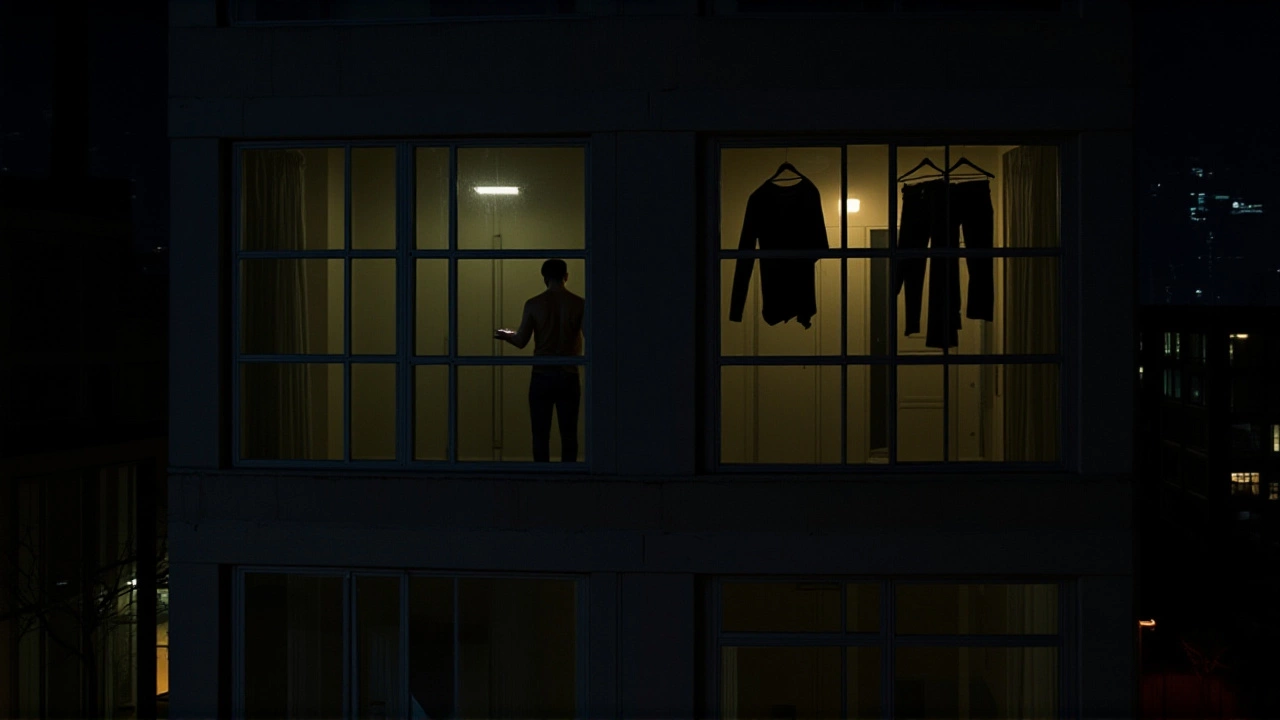When El Salvador formally asked Panama to open a safe passage for its stranded truckers on November 26, 2023, it wasn’t just a diplomatic note—it was a cry for help from families who haven’t heard from their sons, brothers, and fathers in over a month. The request came after more than 30 days of roadblocks in western Chiriquí province, where Central American freight drivers—many from El Salvador, Honduras, and Nicaragua—have been stuck in trucks with little food, no running water, and no access to medical care. The blockades, organized by indigenous groups and labor unions opposing the Cobre Panama mining contract, have turned a regional trade hub into a humanitarian flashpoint.
The Human Toll on the Road
Ernesto Rey, a Panamanian trucker stuck near the Costa Rican border, described the nightmare: "They post on social media that they opened a road. You drive for hours, heart pounding, thinking you’re finally free—only to hit another blockade. Same trucks. Same tents. Same silence." He’s not alone. Dozens of drivers told reporters they’ve survived on bottled water and canned beans, sleeping in cabs while temperatures dip below 60°F at night. Some have developed skin infections from prolonged exposure to dirt and sweat. Others say their vehicles were broken into; phones, wallets, even spare tires vanished overnight.
According to the National Chamber of Freight Transportation, led by vice president Carlos Eliécer Argueta, Panama handles 250 18-wheelers from Central America every day. Now, nearly all of them are halted. "It’s not just about lost wages," Argueta said. "It’s about a system that keeps food on tables, medicine in pharmacies, and Christmas gifts under trees. And that system is collapsing." The Colón Free Zone, Latin America’s largest duty-free port, lost its two most profitable months—November and December—due to the blockades. Retailers report sales down 70% compared to last year.
Why This Is More Than a Mining Protest
The standoff began when Panama’s Legislative Assembly approved a $1.5 billion extension of the mining contract with Cobre Panama, a subsidiary of Canada’s First Quantum Minerals. Indigenous communities in Chiriquí and Bocas del Toro argue the mine contaminates water sources and violates ancestral land rights. Unions add that the contract lacks fair labor guarantees. But the consequences have spilled far beyond protest camps.
Over 80% of Panama’s consumer goods—including soap, rice, medicine, and soda—are imported through its ports. With trucks stuck, shelves are empty. Pharmacies in Panama City are rationing insulin. Gas stations in David and Penonomé have run dry. In some towns, people are walking miles to buy bottled water. "This isn’t just a protest," said Dr. Luisa Mendoza, a public health official in Chiriquí. "It’s a public health emergency disguised as political dissent."
The Domino Effect Across Central America
El Salvador’s intervention underscores how deeply interconnected Central America’s economies have become. The country has over 200 citizens stranded in Panama, many of them sole breadwinners for families back home. With remittances making up nearly 25% of El Salvador’s GDP, the economic shockwave is real. The Salvadoran Foreign Ministry didn’t just ask for a corridor—it demanded a coordinated, military-escorted route through protest zones, with food, water, and medical support stations along the way.
But Panama’s government is caught between two pressures: the moral weight of the humanitarian crisis and the political strength of the protesters. Negotiations have stalled since early November. Protest leaders say they won’t budge until the mining contract is revoked. The government insists it can’t cancel a legally binding agreement.

What’s Next? A Race Against Time
With Christmas just days away, time is running out. The Colón Free Zone is already preparing for a January slowdown. Retailers are canceling orders. Trucking companies are filing for bankruptcy. And the stranded drivers? Many are running out of money. One Salvadoran driver, identified only as Miguel, told reporters: "I sent my last $200 home last week. Now I’m praying someone remembers we’re still here."
The humanitarian corridor request may be the only lifeline left. But it’s not simple. It requires coordination between Panama’s Defense Ministry, El Salvador’s Foreign Affairs Department, local indigenous authorities, and even private security firms. No one knows if it will happen in time.
Why This Matters Beyond Borders
This isn’t just about trucks or mines. It’s about what happens when economic policy ignores human cost. Panama’s logistics network is the backbone of Central American trade. When it breaks, everyone feels it—from a mother in San Salvador unable to buy diapers, to a child in Panama City without antibiotics. The protesters have a legitimate grievance. But the price of their stand is being paid by people who had no part in the decision.
As one Panamanian farmer in Chiriquí put it: "We don’t want the mine. But we don’t want our neighbors to starve either."
Frequently Asked Questions
How many truckers are stranded, and where are they located?
Over 500 freight drivers from Central America are stranded along Panama’s main highways, primarily in Chiriquí province near the Costa Rican border. The National Chamber of Freight Transportation estimates 200 are Salvadoran, 150 Honduran, and 100 Nicaraguan, with the rest Panamanian. Most are stuck in remote areas without electricity, sanitation, or medical aid.
What’s the economic impact of the blockades?
The blockades have cost Panama’s logistics sector an estimated $12 million per day, according to Argueta. The Colón Free Zone lost its peak holiday sales window, with retailers reporting up to 70% revenue drops. Basic goods shortages have driven inflation up 3.2% in just three weeks, and fuel rationing has begun in 12 provinces.
Why is El Salvador involved, not just Panama?
El Salvador has over 200 citizens stranded in Panama, many of whom are primary earners for families back home. Remittances from abroad make up nearly 25% of El Salvador’s GDP, so the economic fallout directly threatens household survival. The Salvadoran government sees this as both a humanitarian and economic emergency requiring international intervention.
Are the protesters willing to negotiate?
Protest leaders, including indigenous groups like the Ngäbe-Buglé and union coalitions, say they won’t lift blockades until the Cobre Panama contract is nullified. Talks with the Panamanian government have stalled since mid-November. While some local leaders have called for dialogue, the core demand remains unchanged: cancel the mining deal or face continued disruption.
Could this lead to violence or military intervention?
The Panamanian government has so far avoided military action, fearing backlash from indigenous communities and international criticism. However, reports of theft, harassment, and intimidation against drivers have increased. If the humanitarian corridor isn’t established by December 10, officials say they may consider emergency measures—but only as a last resort.
What’s the long-term impact on Panama’s economy?
Even if the blockades end tomorrow, Panama’s reputation as a reliable logistics hub is damaged. Shipping companies are already rerouting cargo through Colombia and Mexico. Investors are questioning the stability of infrastructure projects. The country could lose billions in trade-related revenue over the next two years—and rebuilding trust will take far longer than ending a protest.

